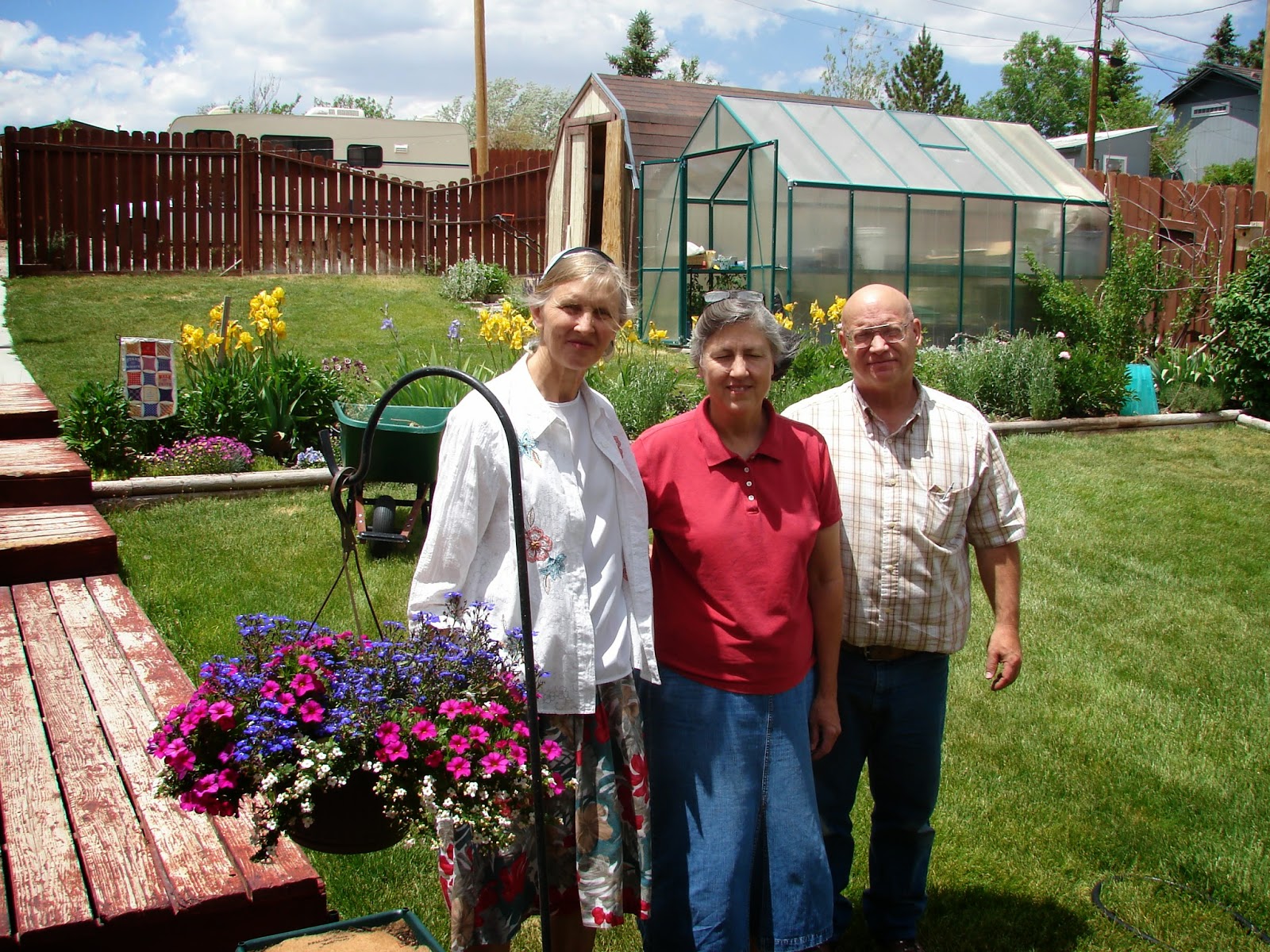 |
| Desert view on the way to Plateau Point |
 | ||||
| Grand Canyon from the rim |
 |
| Grand Canyon in all its splendor |
So, the mountains look like piles of dirt. Is this what the children of Israel
wandered through? As we were
driving out of Prescott, AZ this morning, I decided to check out where we might
spend the night. Tony Brazeau had
told us that Lake Mead National Recreation Area was a good camping area. I saw Willow Beach campground not far
off of 93 and just 25 miles south of Hoover Dam. After telephoning, I found out that we would not be able to
camp at a tent site; however, our senior National Park pass would allow us to
have an RV site for $18.50. So
that seemed to solve our night’s lodging needs.
We got on Old Route 66 in Seligman and drove to Kingman. There were some old cars, shops selling Rt 66 memorabilia, and
small houses in the town of Seligman where we got on 66, but most of the time we drove along scrubby fields, read "Burma Shave" signs, chased
a long train running parallel to us, and viewed the mountains bordering
the horizon.
We got on 93 N.
Driving went well for Marlin with the help of a little tail wind. I was dozing off. At one point, there was a big metal arch
over the road with a black blank sign at the top. It seemed like that should be the NV state line, but we
didn’t see any state signs.
Shortly thereafter Marlin says, “It’s only 20 miles to Hoover Dam.” That woke me up; so I started reviewing
my maps and watching road signs.
Pretty soon we saw a Lake Mead National Recreation Area sign. The mountains of black dirt seemed to
close in around the road. Then we
saw the “Willow Beach” sign pointing to the left. No river or lake seemed close, but we believed the signs and
there was one road in front of us descending between the mountains of
dirt. No green was visible, but
after about 5 miles, the river/lake, boats, cars and a building were in front
of us. So for the first time we
are at an RV campsite with electric +.
It is hot on this dirt hill, but we have water, bathrooms, and shower
facilities beside our camper and almost to ourselves.
So the West still impresses us with its vast amount of wasteland;
however towns like Prescott Valley and Phoenix are growing rapidly. Because of the cooler weather, towns
like Flagstaff and Prescott are popular places to build on the hills. You should see the boulders and rock
piles on which lovely houses are built on in Prescott. Evie loves her “wild life and plants”
around her house. Many birds eat
from her feeders. The javelina
(wild pigs), deer, and ground squirrels freely roam around her house.
 | ||||||
| Cousin Evie Peck's home in Prescott.AZ |
We hope to keep trekking and eventually travel back home to
the green hills of the Shenandoah Valley and to you our friends.
So Long,
Christine















